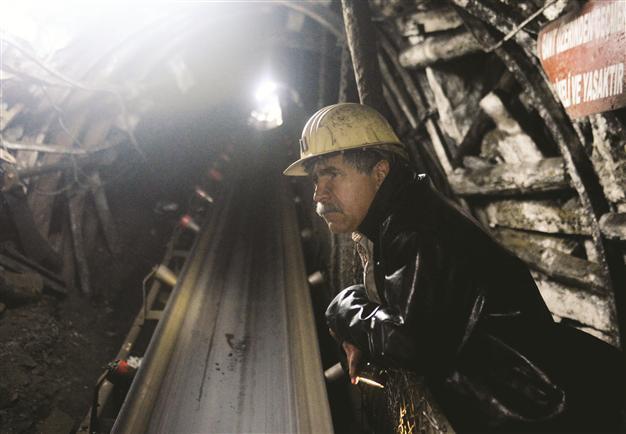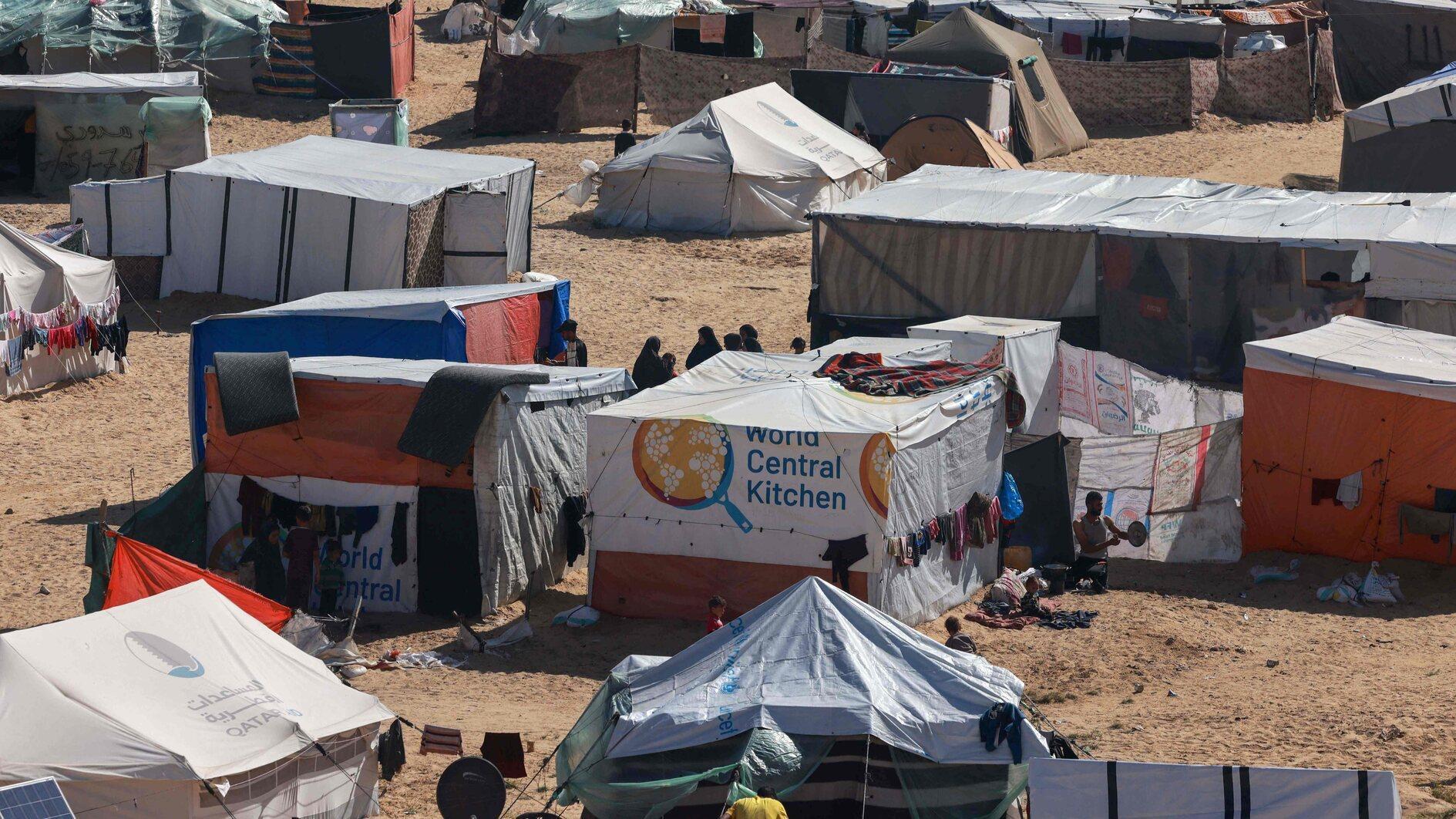Joy and fear common under the black dust of Zonguldak coal mines
Selahattin Sönmez ZONGULDAK – Hürriyet Daily News

A coal worker is seen next to the conveyer belt tha carries coal to the sureface at a mine in Zonguldak. The morning shift in mines works to open a safe space for the evening and the night shifts work to take out the coal.
“Bismillahirrahmanirrahim” is the word that coal mine workers here use every day before they start work. It is a customary Islamic motto that means, “In the name of Allah, the compassionate, the merciful.” But does the name of Allah, who is compassionate and merciful, bring back those who have been lost from coal mining subsidence?They were always there in every sign of victory, and they were like shadows during journeys to political power. They grew the Miner Martyrs’ Monument, as a part of that monument.
They are dark-skinned coal miners working 500 meters below the ground. Living days like nights, they challenge death with their hard work. They wear snow white clothes when climbing down, and when they come back, those clothes are all jet black.
Although they are sometimes gripped by fear with doubts in their minds about whether they will be able to climb up again, they are powerful enough to overcome those fears by singing songs.
I climbed down a coal mine in Zonguldak on Dec. 5, after all the official procedures were completed upon my request.
When I arrived at the Turkish Hard Coal Authority’s (TTK) Üzülmez district directorate in the early morning, miners were having their breakfast. When they learned the reason why I was there, they competed with each other to host me in their galleries. One said, “In our gallery, you will capture better shots and I will pose better as well,” while another one said, “His face is jet black, you should come to our gallery instead.”
Fear was replaced by excitement when I was in the elevator with the workers on the first shift of the day. Then, I was warmly welcomed by one of them. He was smiling with his eyes, as only his eyes were visible in the darkness and under the coal dust.
Briefly, taking photographs underground is not as easy as doing the same thing above ground, as there is no light and the space where you can move is limited. What’s more, the camera fogs up. When I began to get concerned that I would not be able to take any shots, and started sweating, one miner offered his handkerchief, saying, “Brother, you can wipe your sweat off with this.”
Here, whoever you are, the work, the grief, the anger, the joy and the fear is common.
There are three shifts in the coal mine. The morning shift works to open a safe space for the evening and the night shifts works to mine the coal.
After spending five hours on the morning shift, I couldn’t even recognize myself when I got out and looked at myself at the mirror, despite not working like the miners and only taking photographs.
I welcomed miners returning from eight-hour-long morning shifts, which had begun at 08.00 a.m. They rushed to the bathrooms in joy at having been able to spend one more day with their families and loved ones, and in order to get rid of “the coal-black.”
None of those miners, including those who offered handkerchiefs and water, were recognizable to me after they got out of the bathrooms.

















